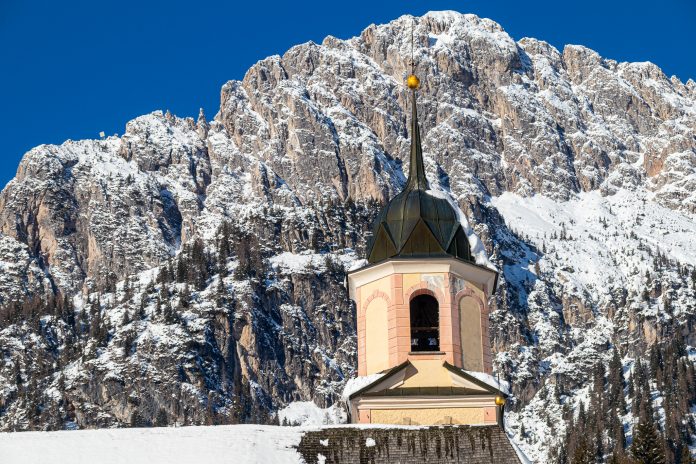by Victor Caneva
All photographs courtesy of Victor Caneva
That’s right – this ridiculously charming town used to be in Veneto, but now it’sappada Friuli Venezia Giulia (I’m sorry – I couldn’t resist!)

Fresh patente (driver’s license) in hand and a burning desire to finally see the Alps in all their wintery glory in my heart, I drove my Florida-born family northward in early December. Having rarely encountered snow, my wife and I were almost as giddy as our kids with the expectation of immersing ourselves in a half meter of freshly fallen snow.

As we emerged from a tunnel near Tolmezzo, there it was – pure white and wonderfully foreign, bordering the highway, sitting on rooftops, and piled up on the needles of countless evergreens. The kids went nuts and I felt like I had just driven into a scene from a Christmas movie! I slowed down to ensure I didn’t hit any elves or reindeer. The rest of our ride to Sappada was surreal, finally seeing for myself what I had only seen on postcards.
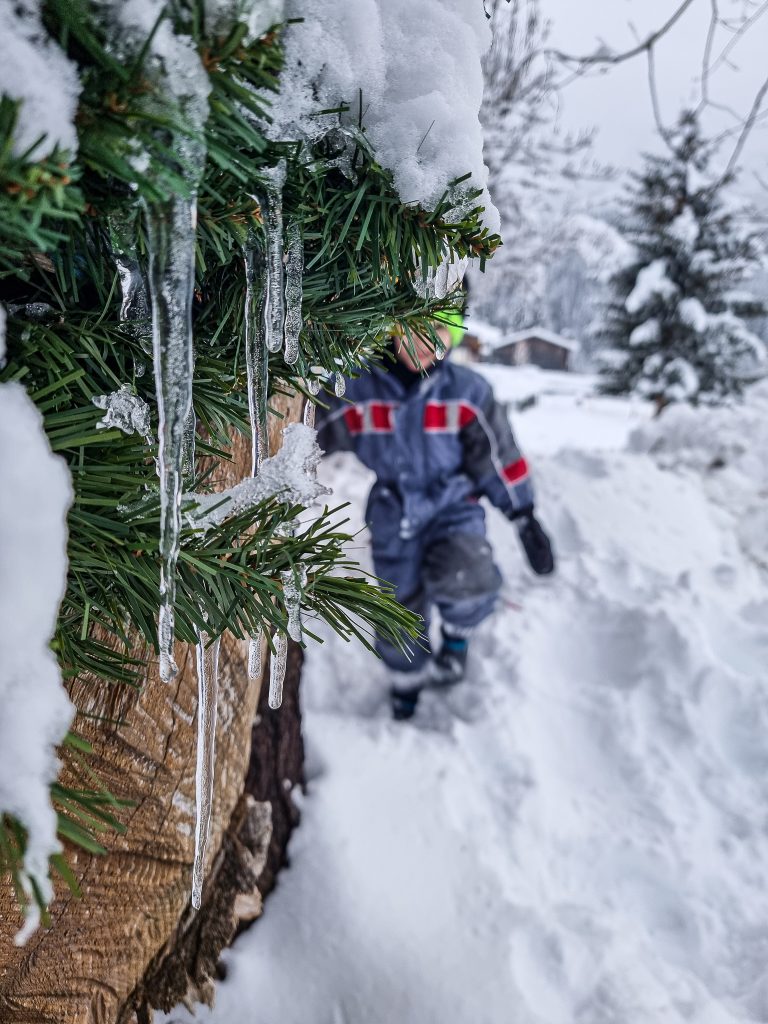
I was expecting Sappada to be a touristy outpost with great views, but less soul than some of the surrounding locales. Fortunately, I could not have been more wrong!

Sappada, a German linguistic island in FVG, has an absolutely fascinating history that dates back to the eleventh century. Legend has it that pioneers from the village of Villgraten, which is now located in the Tyrol area of Austria, first settled the beautiful Piave River Valley. Subsequent migrations from the Val Pusteria region (ranging from Tyrol in Austria to Alto Adige in Italy) and Carinthia solidified its unique cultural makeup.
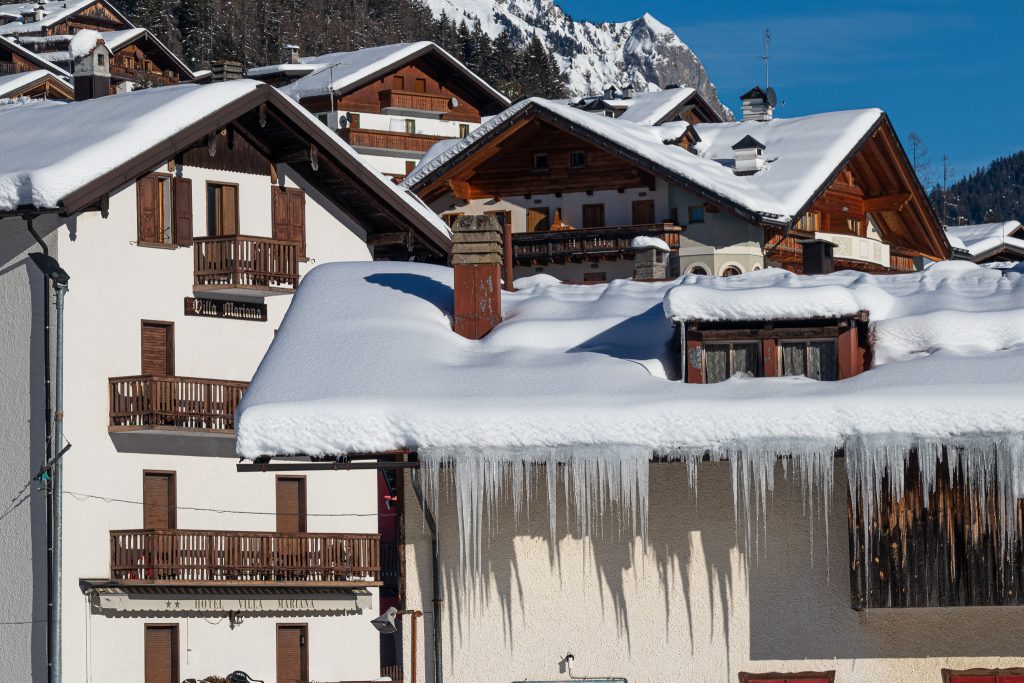
Sappada (known locally as “Plodn”) even has its own dialect, Sappadino. Sappadino originates from the Middle High German (German spoken in the high middle ages) used by the original settlers a millennia ago and now incorporates elements of Ladin and more modern German. As borders, governments, and technology have changed, some Italian words have been incorporated into Sappadino out of necessity. While eating some wonderful local cuisine at a snow-covered agroturismo, the family at the next table was speaking Sappadino. My brain almost broke trying to figure out where in the world these people were from! Now, after researching Sappada, I feel privileged to have witnessed conversations in this remarkably unique, but fading dialect.
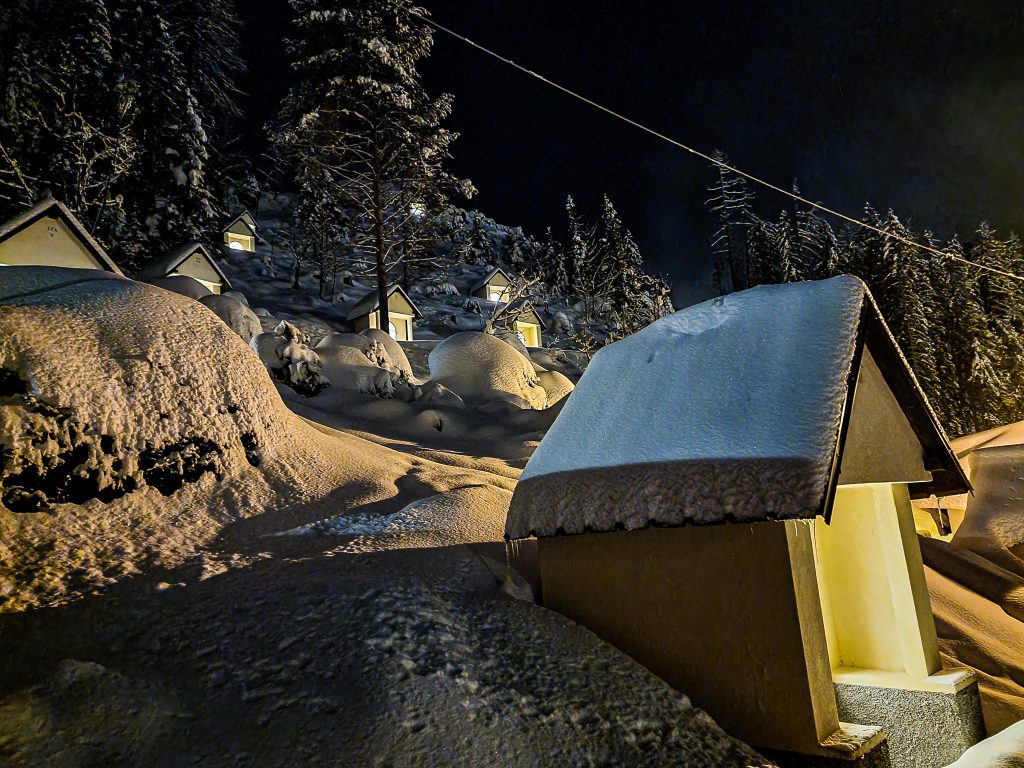
Nine of the fifteen hamlets that make up present-day Sappada constitute Sappada Vecchia or old Sappada. Walking through these areas of town, and especially through adjoining Cima Sappada, awards visitors a delightful glimpse of the town’s past. Historic wooden residences called blockhaus and ancient stables line snowy lanes and most weekends in December, the spectacle is enhanced by a Christmas market. We took a frigid nighttime stroll through the area and the warm glow of lamps and festive lights combined with fresh snowfall made for a truly magical winter experience.
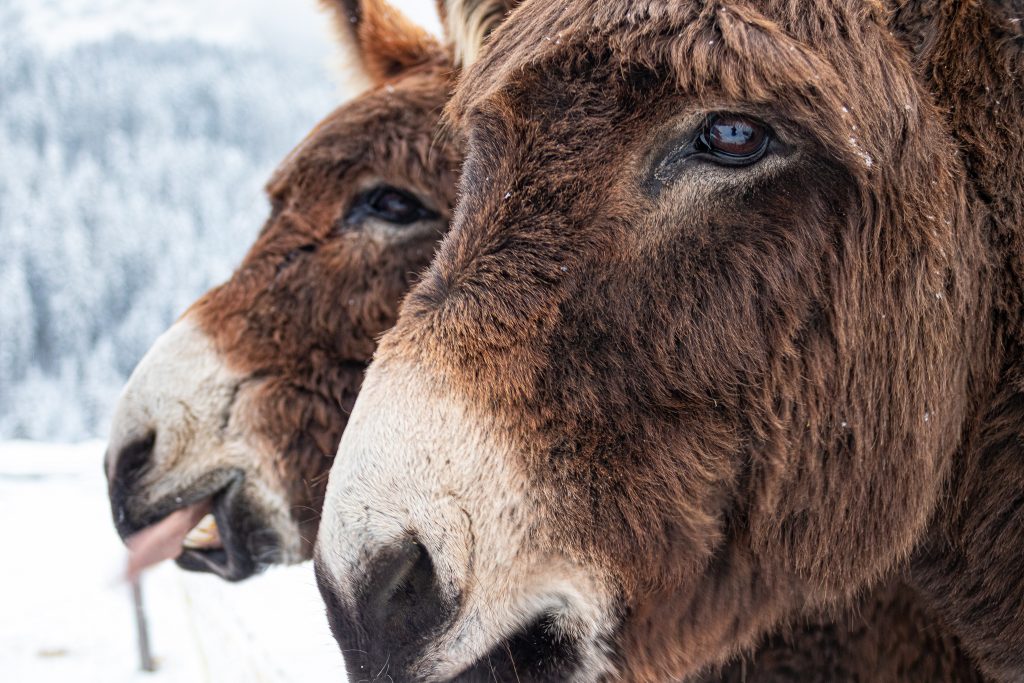
One of the most fascinating elements of our trip was witnessing how disparate Sappadino culture and history is from that of nearby Carnia. In fact, Sappada is only 10 kilometers away from Forni Avoltri in Carnia, a town a branch of my Italian ancestors called home. Just over 6 miles away and the vast majority of the Germanic influence is replaced with a strong Ladin heritage and completely different, but no less fascinating dialects. It is hard for me to imagine the level of isolation these mountain communities developed in, forming their very own “micro cultures” and rendering them unquestionably distinct from villages that are now a fifteen minute drive away.
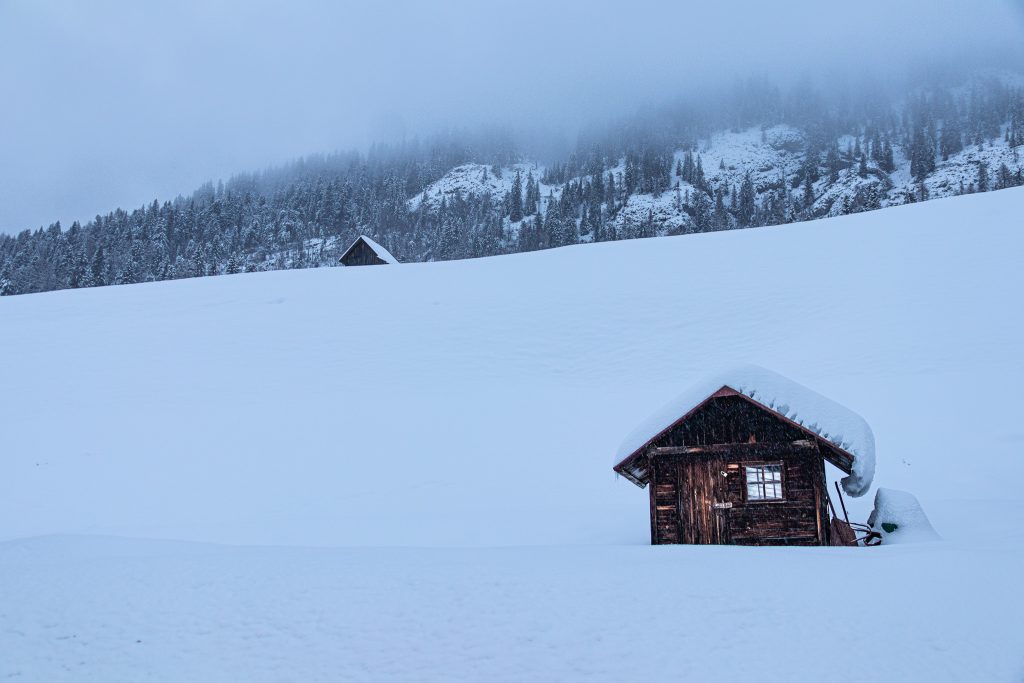
Although Sappada and Carnia have different historic roots, a bond exists between the two regions. Centuries ago, Sappada and Forni Avoltri were part of a common mining area ruled by the Patriarch of Aquileia. Culinary and linguistic influences between Sappada and Carnia became stronger over the generations. In 1815, both Carnia and Sappada were incorporated into the Kingdom of Lombardy-Venetia, part of the Austrian Empire. Sappada voted in 1852 to be transferred from the Province of Friuli to the Province of Belluno. When both regions became part of the Kingdom of Italy in 1866, Sappada remained in the Veneto while Carnia remained in Friuli.

The Municipality of Sappada, feeling more of a historical and cultural bond with FVG than the Veneto, took advantage of a unique provision of the Italian constitution in 2008. This stipulation allows municipalities on the border of two regions to ask to be incorporated into the adjacent region. In 2017, the Italian Parliament approved Sappada’s request to join FVG and it was officially incorporated into Friuli Venezia Giulia.

After experiencing a taste of Sappada, I can’t wait to return and discover more of what makes it such a distinct place. Home to Nevelandia, the largest snow park in Italy, it’s a great place to introduce the kids (and ourselves) to the new world of winter sports. Hiking trails abound for picturesque walks in the summer. Coming from Carnian roots, we honestly stayed in Sappada because we couldn’t find lodging in my ancestral stomping grounds and it was a close drive to visit some places that are very special to me. But now, I’ve discovered a new outpost that has become special to me for different reasons. I look forward to many more glorious days in enchanting Sappada.

























